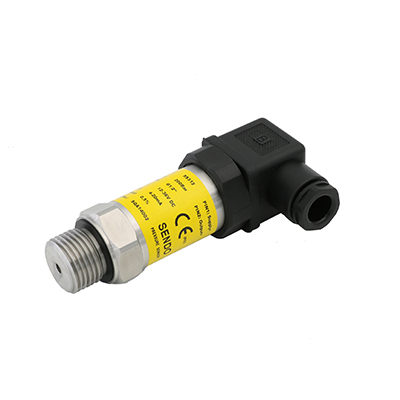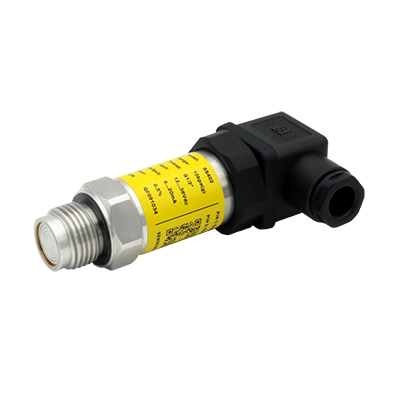Absolute pressure sensor and applications
Time:2020-03-17
SENDO SENSOR offers high-stable absolute pressure sensors and transmitters for a number of applications, including the Model SS312 (standard version) and Model SS402 (flush version) pressure transmitters, ideal for use in labs, machine building, and calibration.
The absolute pressur ranges are available with 1 bar, 1.6 bar, 2 bar, 2.5 bar, 4 bar, 6 bar, 10 bar, 16 bar and 25 bar.
 |
 |
|
Absolute pressure sensor Model SS312 (standard version) |
Absolute pressure sensor Model SS402 (flush version) |
1. How absolute pressure sensors work?
Absolute pressure sensors produce readings that are not influenced by atmospheric pressure. Instruments such as altimeters and barometers display vacuum-referenced absolute pressure measurements.
The Earth’s atmosphere has weight and creates pressure. The amount of this atmospheric pressure – also called ambient pressure – varies by altitude. The higher the location, the less atmosphere is available to press down on a surface. Atmospheric pressure also varies depending on weather conditions.
Gauge pressure (atmospheric pressure + the measured pressure) is adequate for most pressure measurement needs, but atmospheric pressure varying by altitude and weather can affect accuracy in specific applications.
An absolute pressure sensor is a sealed system that functions by referencing a perfect vacuum, so it produces pressure readings that do not include the effect of atmospheric pressure, for applications that require readings not influenced by changes in altitude or weather, such as in meteorological and aviation applications.
2. Understanding Absolute Pressure
Sendo Sensor use the piezoresistive technology to make the sensors, the pressure sensors measure gauge pressure based on the deformation of a diaphragm. If the diaphragm is exposed to the process pressure on one side and vented on the other side (exposed to ambient pressure), the deformation is reduced by the amount of ambient pressure. This means a gauge pressure reading is actually the pressure difference between the process pressure and the atmospheric pressure.
With absolute pressure sensors, the side of the sensor not in contact with the pressure media is exposed to an absolute vacuum chamber that is permanently sealed. The deformation of the diaphragm is not impacted by atmospheric pressure because it uses the sealed vacuum as its reference and zero point.
4. Applications for Absolute Pressure Sensors
Absolute pressure sensors are typically found in applications that require the monitoring of industrial high-performance vacuum pumps. For example, industrial packaging machines, for example, are used for vacuum packaging of medical products in a clean environment to ensure sanitary and bacteria-free delivery to hospitals and doctors.
In the food industry, vacuum packaging is utilized when the highest level of vacuum possible is required to prevent oxygen from degrading perishable food, thereby greatly extending the product’s flavor and shelf life.
Conventional pressure gauges and sensors, which are affected by influences.
In the atmosphere, are unable to monitor the high end of a vacuum.
Applications requiring true absolute pressure sensors and gauges can also be found in scientific laboratories, universities, the military, and the aviation industry.